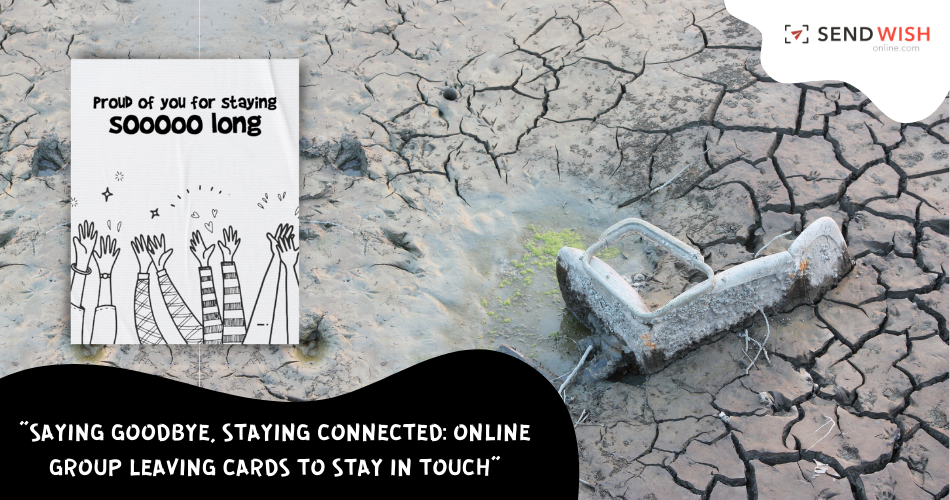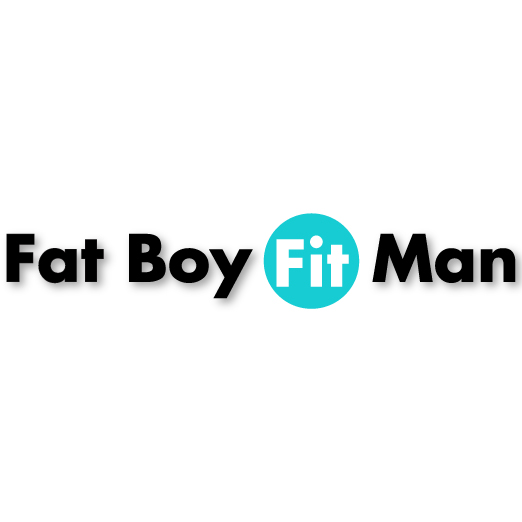Step-by-Step Guide: How to Get Rid of Shin Splints and Promote Recovery
film dhamaka Follow
11 August, 2023

Shin splints, also known as medial tibial stress syndrome, are a common condition characterized by pain and inflammation along the shinbone (tibia). They often occur in athletes or individuals who engage in high-impact activities. If you're dealing with shin splints, it's essential to take appropriate measures to promote recovery and alleviate pain. In this step-by-step guide, how to get rid of shin splints? We will outline effective strategies to help you get rid of shin splints and facilitate the healing process.
Step 1: Rest and Reduce Activity:
The first step in recovering from shin splints is to allow your body time to rest and heal. Avoid activities that worsen the pain or put additional stress on the shins. Switch to low-impact exercises like swimming or cycling to maintain fitness without exacerbating the condition.
Step 2: Apply Ice Packs:
Applying ice packs to the affected area can help reduce pain and inflammation. Use an ice pack or a bag of frozen peas wrapped in a thin cloth and apply it to the shins for 15-20 minutes, several times a day. Remember to always use a barrier between the ice pack and your skin to prevent ice burns.
Step 3: Compression and Elevation:
Wearing compression sleeves or wrapping the affected area with an elastic bandage can provide support and help reduce swelling. Compression helps improve blood flow and reduces discomfort. Elevate your legs whenever possible, keeping them above heart level, to further reduce swelling and promote healing.
Step 4: Stretching and Strengthening Exercises:
Gentle stretching exercises can help improve flexibility and relieve tightness in the muscles surrounding the shins. Calf stretches, toe raises, and ankle rotations are beneficial for shin splint recovery. Additionally, strengthening exercises for the calves, such as heel raises, can help stabilize the shins and prevent future occurrences.
Step 5: Gradual Return to Activity:
Once the pain and inflammation subside, gradually reintroduce physical activity to prevent re-injury. Start with low-impact exercises and gradually increase the intensity and duration over time. Listen to your body and take breaks if you feel any discomfort. Cross-training and incorporating strength and flexibility exercises into your routine can help prevent future shin splints.
Step 6: Proper Footwear and Orthotics:
Wearing appropriate footwear is crucial for preventing and managing shin splints. Invest in well-fitting shoes that provide adequate cushioning and support for your feet and shins. If needed, consult with a podiatrist or orthopedic specialist to determine if custom orthotics or shoe inserts can help correct any biomechanical issues that may contribute to shin splints.
Step 7: Modify Training Techniques:
Examine your training techniques and make necessary adjustments to reduce the risk of shin splints. Gradually increase the intensity and duration of your workouts, avoid sudden changes in terrain, and incorporate cross-training and rest days into your routine. Proper warm-up and cool-down exercises are also essential to prepare your body for activity and facilitate recovery.
Conclusion:
Recovering from shin splints requires a systematic approach that involves rest, proper care, and gradual progression back to physical activity. By following this step-by-step guide, you can effectively get rid of shin splints and promote healing. Remember to listen to your body, be patient with the recovery process, and consult with a healthcare professional if symptoms persist or worsen. With time and appropriate management, you can overcome shin splints and return to your regular activities with reduced risk of future occurrences.







